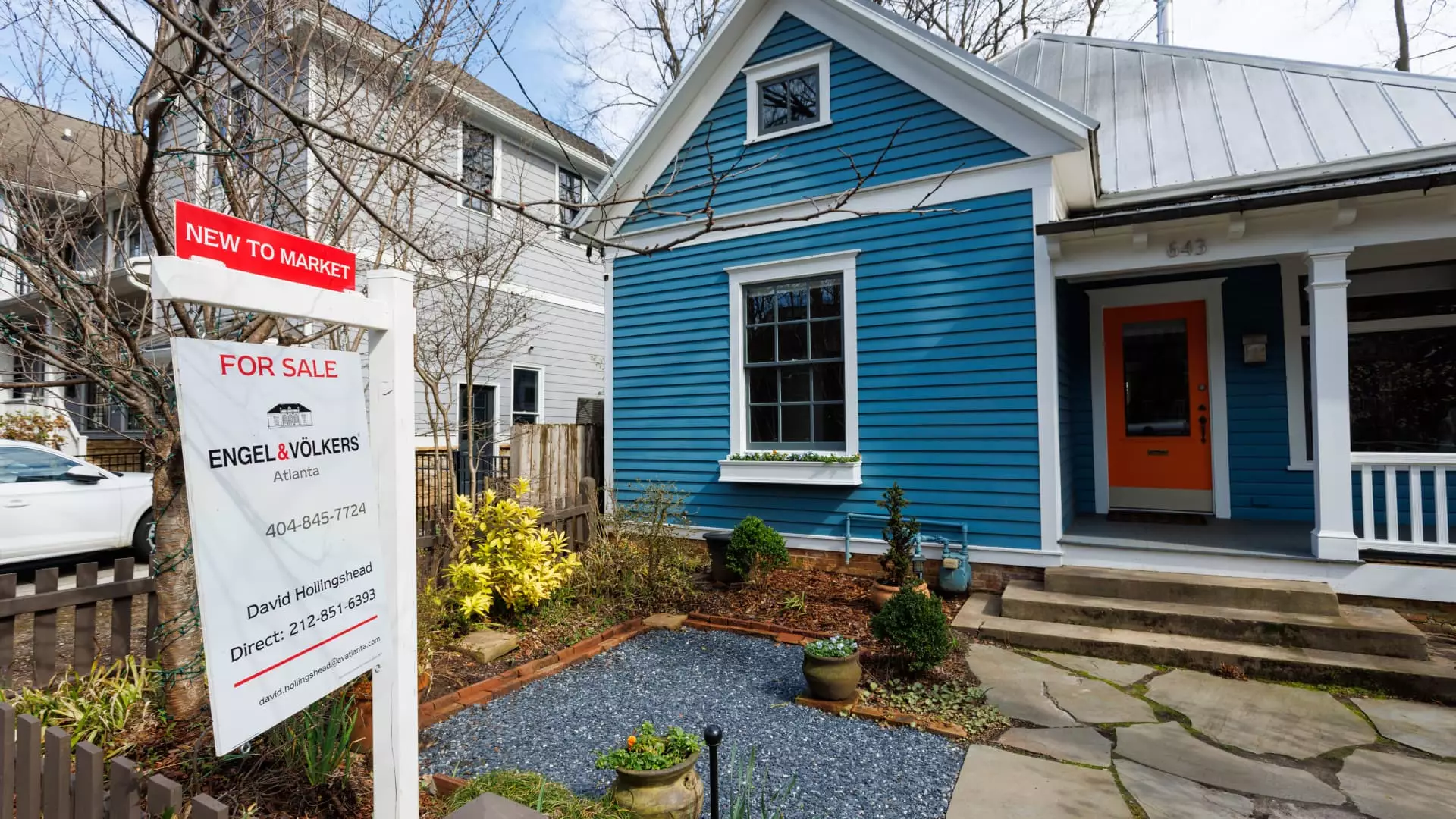In a financial landscape where uncertainty looms large, it’s intriguing to see a reported surge in sales of previously owned homes—a 4.2% increase from January, totaling 4.26 million units on a seasonally adjusted basis. While this statistic may initially incite optimism, it is crucial to examine the broader implications and the underlying dynamics that may reveal a more complex reality. The increase, in the context of industry analysts projecting a 3% decline, highlights a dissonance that warrants scrutiny rather than celebration.
The Mirage of Recovery Amidst Persistent Challenges
The media and market reports often tout spikes in home sales as signs of a healthy recovery. However, when contextualized within year-over-year comparisons, the sentiment shifts. February’s sales figures reflect a 1.2% decline compared to the same period last year. This discrepancy underscores a fundamental truth: though we see a glimmer of progress, the lingering effects of rising mortgage rates—periodically breaching the 7% mark—continue to dampen the enthusiasm of potential buyers. Lawrence Yun, the chief economist for the National Association of Realtors, noted that inventory expansion and buyer choice are instrumental in releasing pent-up demand. Yet, one must wonder if this demand is merely a desperate gasp for air in an otherwise waterlogged market.
The Paradox of Inventory and Affordability
With inventory levels reportedly increasing by 17% year-over-year to 1.24 million units, the narrative spins towards a more favorable market for buyers. However, this seemingly positive statistic conceals the reality that current supply still underscores a tight market for a significant portion of prospective buyers. At a mere 3.5-month supply, we are far from a balanced market, where neither buyers nor sellers have the upper hand. The median home price—a staggering $398,400, marking a 3.8% increase from last year—further complicates matters. In a market already grappling with affordability issues, such price escalations could deter future buyers, undercutting any illusion of sustainability in the recent uptick in sales.
The First-Time Buyer Demographic: A Fragile Return
Interestingly, first-time buyers are cautiously re-entering the fray, constituting 31% of February sales—a notable increase from 26% the previous year. This return signals a flicker of hope within a certain demographic, yet the majority of the market remains dominated by those better positioned to absorb rising prices and interest rates. With investors reducing their presence and accounting for only 16% of sales, it’s evident that speculative purchasing is waning. Moreover, the rise in all-cash sales—holding steady at 32%—hints at a transition. While it appears that owner-occupants are increasingly utilizing cash, this trend further isolates those dependent on traditional financing methods.
The Reality Check: Weaker Market Sentiment
Perhaps the most telling signal comes from a survey revealing that over 50% of real estate agents consider the current spring resale market weaker than normal. A decline in the resale index for the first time in four months calls into question the sustainability of recent sales figures. In a climate where 53% of agents reported weaker sales ratings, one must remain skeptical of a true recovery narrative. Even as some indicators paint a picture of upward movement, the underlying fragility of the market persists, warning buyers against misplaced optimism. In essence, the recent rise in home sales, rather than signaling a robust turnaround, could very well be an ephemeral spike in an insecure economic environment.

